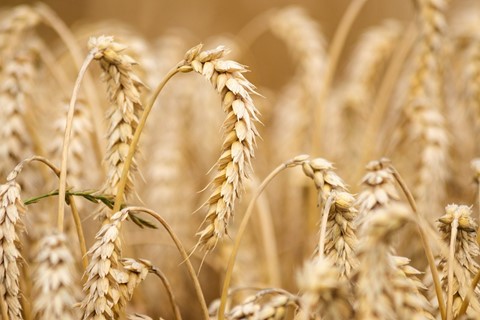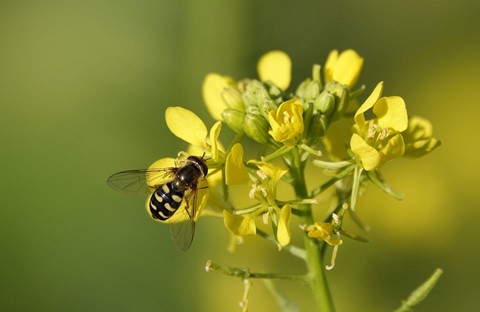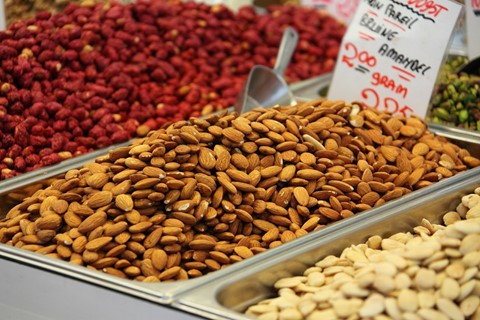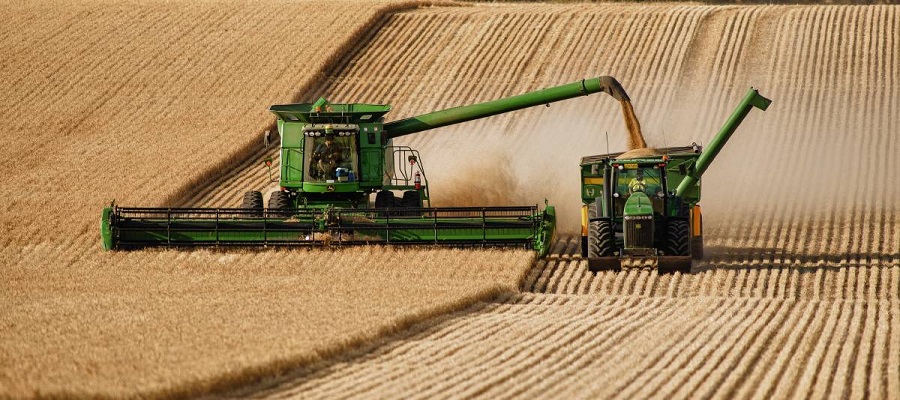Wheat
In India, wheat is cultivated during the winter or rabi season. The crop is seeded in early winter and it happens to be most popular crop which you harvest in spring.
In most types of wheat, the leaves and stalks are long and thin, with hollow centres. Miniature flowers, ranging from 20 to 100, are seen on the inflorescences. These structures, called as spikelets, house the following two or three grains that the blooms produce. Wheat is best suited to temperate locations with rainfall ranging from 30 to 90 centimetres, while being cultivated in a variety of temperatures and soils (12 and 36 inches). The harshness of the winter determines whether a winter or spring kind of wheat is farmed, making winter and spring wheat the most common varieties. Spring wheat is usually seeded in the spring, although in areas with warm winters, it may also be sown in the autumn.

Source: pixabay.com
Wheat production costs in the United States averaged $315.78 per acre in 2016. The national average output is expected to be 50.5 bushels per acre in 2016. At $3.45 a bushel, the national average revenue per acre is expected to be $174.23 at the national average price. About 55% of the total manufacturing cost is covered by this fee.
Mustard
Mustard is a cool-season leaf crop that grows in the fall and winter. Mustard may be planted as early as 4 to 6 weeks before the typical last frost date in spring, depending on the variety. Every 4 to 6 weeks, plant a succession of crops. Mustard takes 30 to 40 days to mature before it can be harvested.

Source: pixabay.com
Mustard is well-suited to drier soils since it is tolerant to heat and drought. Crop rotation is common when growing cereal crops for their young leaves or green manure and seeds. Remainder conditions, disease, weed, and pest issues may all be alleviated by the use of mustard in crop rotations. It's best if you plant it after a grain crop has finished harvesting. In damp and dry locations, it is often cultivated on stubble or summer fallow.
Barley
After wheat, rice, and maize, barley is the world's fourth most widely planted grain crop. Even though it is mostly farmed for animal feed and malt for beer, barley is utilised in breads, soups, stews and health goods.
When it comes to food, barley has been utilised for anything from animal feed to a source of fermentable material for beer and certain distilled drinks. Many civilizations utilise barley bread as a base for their soups and stews.
Russia produces the most barley in the world, followed by Germany, France, and Ukraine. Among the top ten: Australia, Canada; Spain; Turkey; United Kingdom; United States of America.
Pea
Pisum sativum's pod fruit, Pisum sativum, is the most frequent source of the pea. Green or yellow peas are included inside each pod. Pea pods are technically fruits since they contain seeds and are formed from the ovary of a flower, making them a kind of fruit.
Almond
The almond tree is indigenous to Iran and its neighbouring nations, although it is now extensively farmed around the world. The tasty and extensively cultivated seed of this tree is also known as the almond.

Source: pixabay.com


